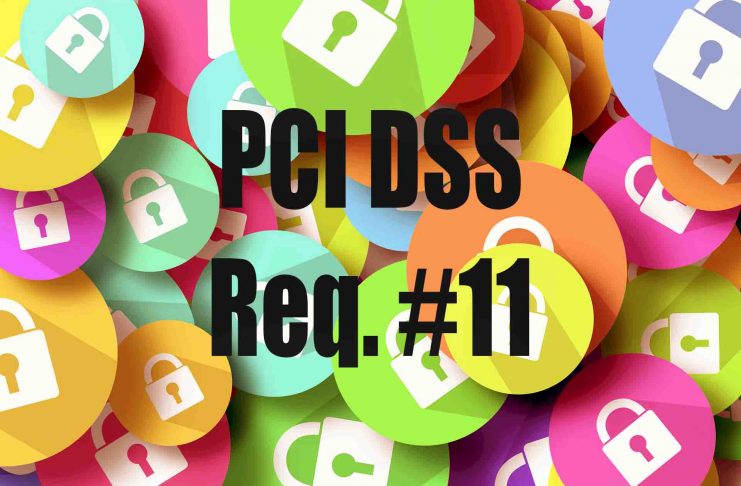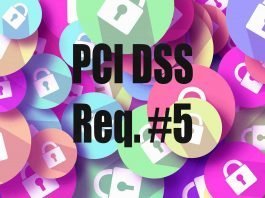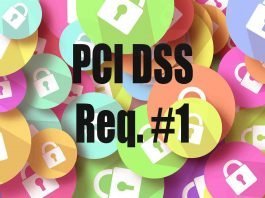Home PCI DSS Requirements
PCI DSS Requirements
- Access Control
- Anti Virus
- Application Security
- Backup Security
- Business Continuity
- Card Discovery
- Change Control
- Change Management
- Cloud Security
- Credit Card
- Credit Card Over Phone Orders
- Cyber Security Workforce
- Cybercrime
- Data Center Security
- Data Classification
- Data Flow Diagrams
- Data in Transit
- Data Loss Prevention
- Data Retention
- Data Storage
- Database Security
- Directory Services
- Disaster Recovery
- DNS Security
- Documentation
- Ecommerce
- Email Security
- EMV
- Encryption
- File Integrity Monitoring
- Firewall
- Hashing
- HSM
- Incident Response Plan
- Intrusion Detection Systems
- Intrusion Prevention Systems
- IPS
- Key Management
- Mail & Fax Orders
- Mobile Payments
- Network Diagrams
- PAN
- PAN Truncation
- Passwords
- Patching
- PCI ASV
- PCI Compliance Checklist
- PCI Compliance Levels
- PCI Compliance Reports
- PCI DSS
- PCI DSS 4.0
- PCI DSS Audit
- PCI DSS Compliance Best Practices
- PCI DSS Requirement 1
- PCI DSS Requirement 10
- PCI DSS Requirement 11
- PCI DSS Requirement 12
- PCI DSS Requirement 2
- PCI DSS Requirement 3
- PCI DSS Requirement 4
- PCI DSS Requirement 5
- PCI DSS Requirement 6
- PCI DSS Requirement 7
- PCI DSS Requirement 8
- PCI DSS Requirement 9
- PCI DSS Requirements
- PCI DSS Vulnerability Scanning
- PCI Log Monitoring
- PCI Multi-Factor Authentication
- PCI SAQ
- PCI Scoping
- PCI Segmentation
- PCI Tools
- Pentest
- Physical Security
- Point-To-Point Encryption
- POS Security
- Privileged Account Management
- Ransomeware
- Remote Access
- Risk Assessment
- Secure Coding
- Security
- Security Awareness
- Security Patches
- Security Principals
- Sensitive Authentication Data
- Sensitive Data
- Skimming
- Social Networks
- Software Security
- System Hardening
- Third Party Security
- Tokenization
- Vendor Management
- Vulnerabilities
- Wireless
- Wireless Security













